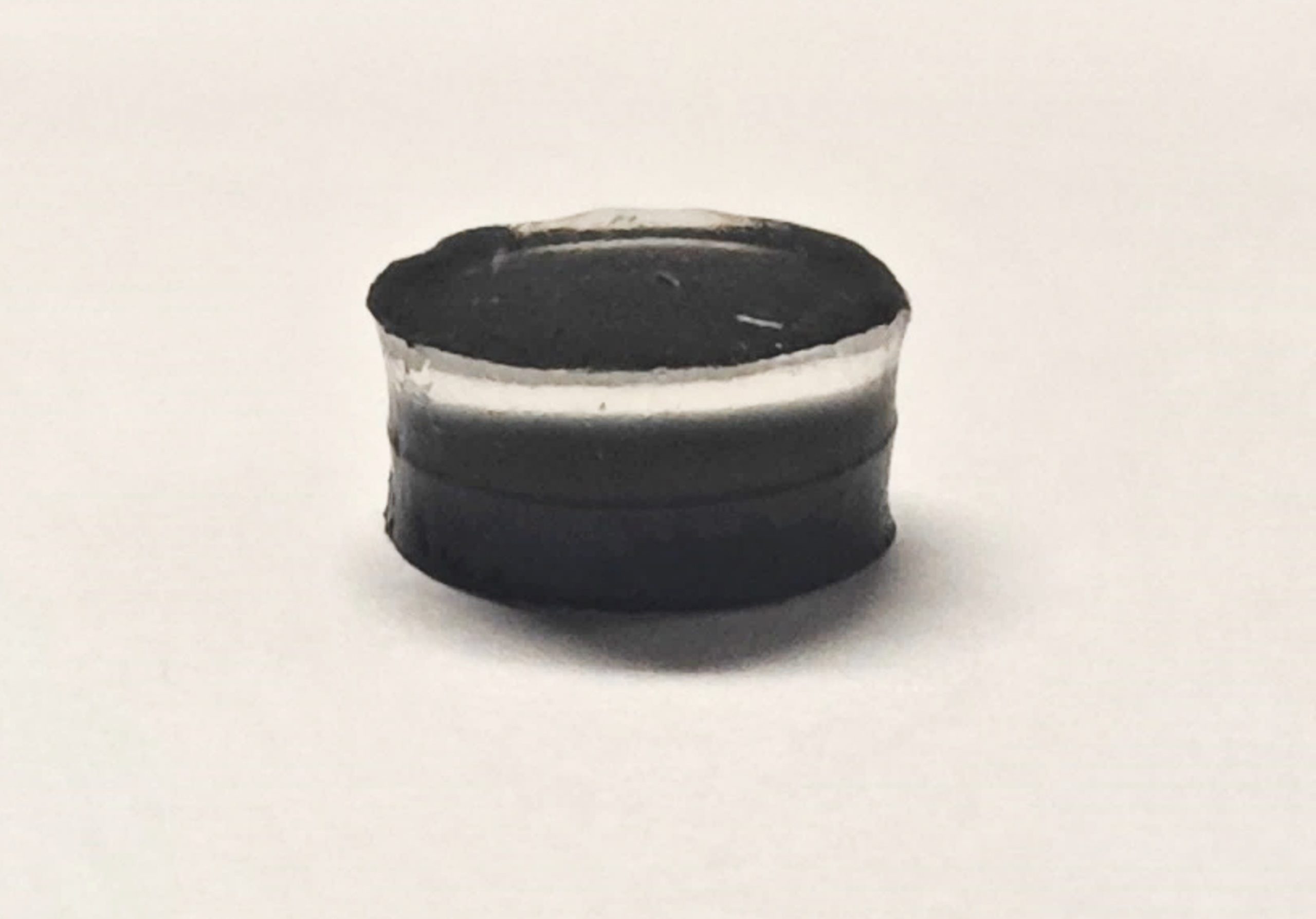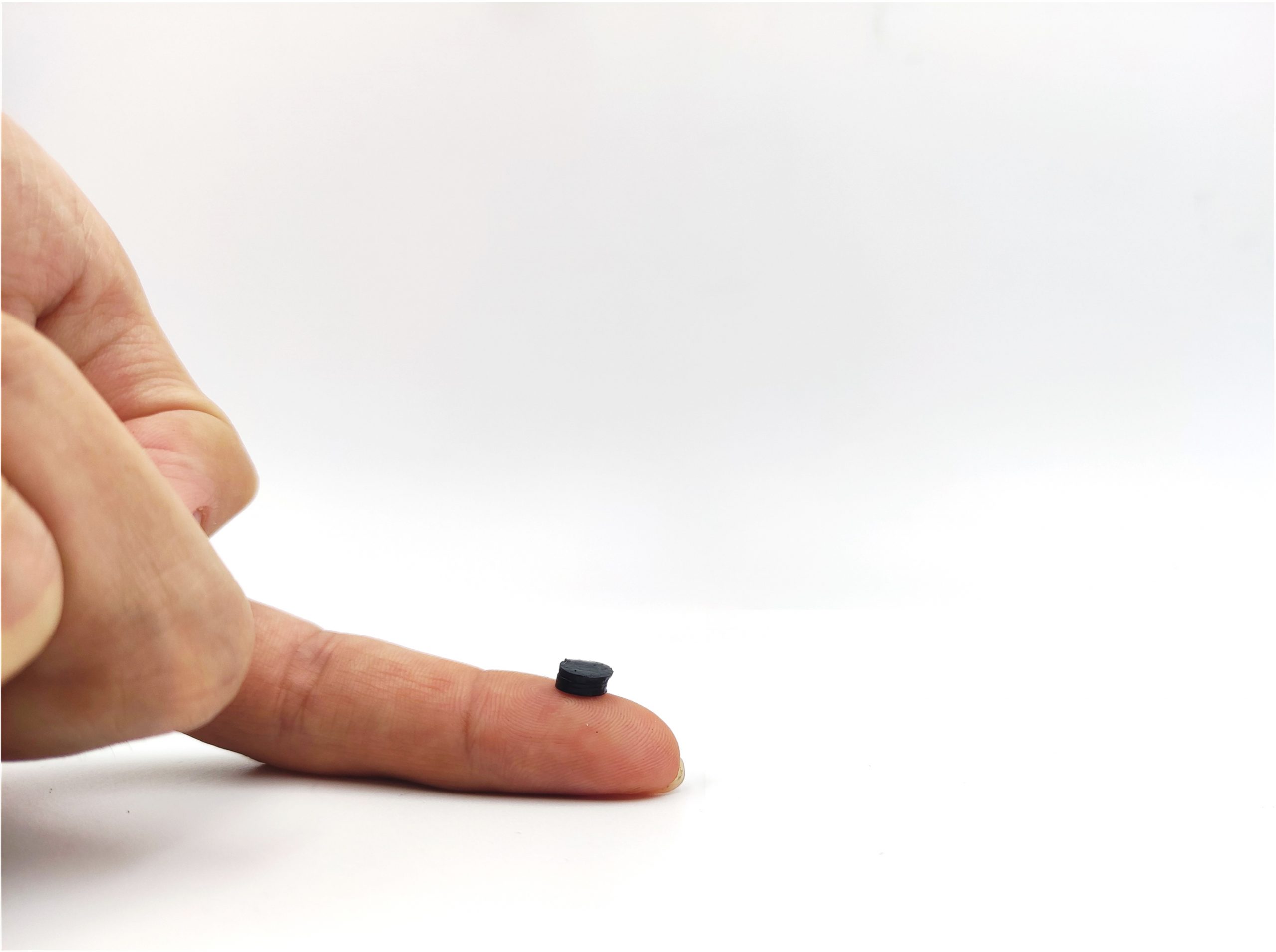The use of miniature robots is becoming more widespread, but developing highly efficient actuation systems that fit into them to enhance their mobility remains a substantial challenge for the industry. A research team in the MAE Department has drawn inspiration from the seed dispersal of the squirting cucumber to pioneer a technology that significantly boosts the power output of miniature robots – accumulated strain energy-fracture power amplification mechanism (ASEF).
CUHK has actualised ASEF in a light-driven hydrogel launcher that surpasses current conventional micro-engineered systems in terms of power output and motion performance. The new power amplification mechanism has great potential to increase the power output of miniature robots, expanding their application, including the development of medical robots capable of deep tissue sampling inside human bodies without invasive procedures. Study results have been published in the international academic journal Nature Materials.
Research team breaks through technological bottleneck with plant-inspired innovation
Professor Li Zhang, who led the research, explained, “Take archery as an example. When the finger pulls back on the bowstring, it gradually accumulates energy. Upon release, a large amount of energy is instantly discharged, amplifying the power.”
He continued, “The ASEF-based hydrogel launcher does not involve complex structures in its design or complicated fabrication process; it can be made from many different materials at low cost. Currently, each hydrogel launcher can only be used once due to the bottom fracture after launching. We are exploring hydrogel material systems that can heal themselves, so they can be used repeatedly.”
Professor Zhang further stated, “We envision that this new mechanism can replace existing actuating components within miniature robots, significantly enhancing their power output. This could enable them to perform tasks such as stent delivery, tissue sampling and excision within deep tissues like the intestines, benefiting more patients. In the agricultural field, a light-driven hydrogel launcher could allow robots to have sufficient driving and output capability to carry seeds and RFID tags, and eject them in distant places. In conjunction with RFID reader installed in farmland can achieve the timed water supply. By absorbing water and swelling, the hydrogel material of the robot would release the loaded seed to realise the automatic seeding. Moreover, the exceptional mobility performance based on this new actuation mechanism, holds promise as a novel propulsion method for exploration robots in the gravity-free or microgravity environment of the Moon or Outer space.”



CUHK has led the development of a novel light-driven ASEF-based hydrogel launcher (pictured), only a few millimetres in size, with mobility performance significantly surpassing that of launchers that use traditional techniques. This innovation holds promise for enhancing the performance of miniature medical robots.
CUHK Press Release: Click here!